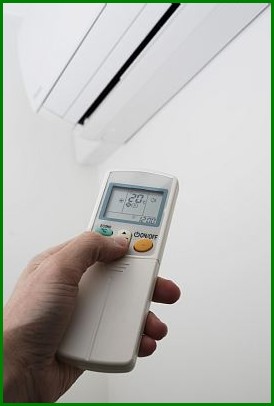Another example of a portable symmetry: the brain of humans and animals alike has errors Another example of a portable symmetry that principle of symmetry - the brain of humans and animals alike operating correctly - the analysis of wrong action, it relies on the low-frequency activity of one of the areas of the prefrontal cortex, which synchronizes the work of other neurons and helps to find the right solution.
Analyzing their mistakes, the brain of animals and humans work the same - at least when it comes to the wrong move. (Photo by Shutterstock.)
When the brain makes a mistake, he tries to understand Thuabout was not the case - and one more attempt to cope with the task. And the most surprising, as they write in Nature Neuroscience, researchers from Brown University, Yale University and Iowa (all - the United States), while the human brain works the same way as the gray matter of the animals.
In experiments Mark Laubach (Mark Laubach) and his colleagues participated people and rats. Both were on a mission in which you had to make a certain action in a certain period of time. If the test subjects (human or animal) could not cope, then one more attempt.
Mistaken action causes a reaction in the brain special: the brain thinks Thuaboutwent wrong and how to fix it, and as a result the next time the action is corrected. By measuring the activity of the brain, scientists have found that in humans, rats, and when the error is included low-frequency activity in the medial prefrontal cortex. These low-frequency waves contributed to the synchronization of neurons in the motor cortex, which is consistent with the best result if you try to perform the task.
That is, the medial prefrontal cortex has been something of a supreme observer who interfere in the activities of the motor cortex, if she could not make the desired action.
The main surprise was, again, a surprising similarity in rats and humans that correcting mistakes of cortical activity. Further experiments were performed on the same animals: for example, the rats were given a drug that suppresses the medial prefrontal cortex - and eventually ceased to consider rodents a bad experience, while continuing to perform the task correctly. In this case, no synchronization of neurons in the motor cortex has not happened, according to reports of electrodes implanted in the brain of animals.
Although more detailed correction brain activity was investigated only in rats but not in humans, it is believed that such low frequency waves are common property of all mammalian brain and that they can be due not only to synchronize the activity of the motor zones, but generally any other group of neurons. Sync - and send in the correct direction.
As usual in such cases, the researchers expect that by controlling the activity of this correction, it will be possible to treat a variety of neuropsychiatric illnesses, from depression to schizophrenia. However, it would be desirable to begin to make sure that such a correction activity not only turns on at the wrong motor reaction, but when analyzing the errors of higher order.
Adapted from Brown University. Photos on the screen saver belongs Shutterstock.




